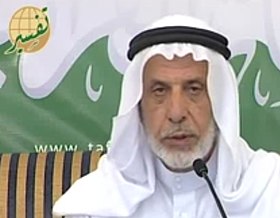François Déroche
Collège de France, Paris
In the growing field of research on the early handwritten transmission of the Qurʾānic text, the edition of Codex Mashhad by Dr. Morteza Karimi-Nia is without doubt a major achievement. The manuscripts which are dated to the second half of the first/seventh and early second/eighth centuries provide direct evidence of the practices of the first Muslim communities, complementing and enriching the information preserved in textual sources which, as we know, are at least two centuries later than these precious documents. The Codex Mashhad belongs to this class of manuscripts and its study opens new avenues for our understanding of the period.
Dr. Karimi-Nia’s publication provides researchers and interested members of the public with a first in-depth look at the wealth of early Qurʾānic manuscripts in Iranian collections, especially those of Astān-i Quds in Mashhad. Secondly, it offers a masterly demonstration of the value of the exploration of the manuscript heritage of early Islam by bringing to light a form of transmission of the text which was until now only hypothetical: alongside the “canonical” strand of the ʿUthmānic version on the one hand (which corresponds to the one we know and which is well attested in copies contemporary with the Codex Mashhad) and on the other hand the one to which the Ṣanʿāʾ palimpsest is the only witness, with a different order of the suras and significant textual variants, the Codex Mashhad reveals in full a tradition in which the text does not deviate from the ʿUthmānic version but in which the order of the suras follows that associated with the name of the Companion Ibn Masʿūd. In this respect, Dr Karimi-Nia’s edition enriches our knowledge of the transmission of the text of the Qurʾān and, more generally, of its history. In addition, the state of the manuscript, with more than 95% of the text, is a new argument for demonstrating that the text of the Qurʾān was well constituted at a very early date.
The scientific work behind this edition is highly commendable: Dr. Karimi-Nia has in fact combined the various approaches available to him to make a scientific assessment of the date and nature of the manuscript, using the most rigorous palaeographical and textual analysis as well as C14 dating of the parchment. It is without doubt a major contribution to our understanding of the history of early Islam.









